Red Tide in Rooiels
All animal life in the open sea, from microscopic protozoa to whales, depend on the tiniest forms of plant life, the phytoplankton. Few species of phytoplankton exceed the size of a pinhead, yet when seen under a microscope they have beautifully sculptured surfaces or dainty spines that link one cell to the next. It has been claimed that phytoplankton accounts for 90% of the total plant production on earth, but its growth is limited to the surface skin of the sea where there is light, and to nutrient-rich water that wells up from below in response to prevailing winds and currents. The Southeaster in Rooiels moves water away from the coast. The displaced water is then replaced by upwelling currents of cold, nutrient-rich water containing phytoplankton. If a Northwesterly wind now follows, the plankton will be concentrated inshore. Calm, sunny days will ensure that the water is heated, the plankton will proliferate and begin to bloom and, provided it is the right species of phytoplankton, a red tide will form. Red tide was first described over 3000 years ago as one of the plagues that struck the Egyptians before the Israelites were allowed to leave Egypt (Exodus 7:20-21). Most red tides are not harmful, but those that are, produce toxins that accumulate in filter feeders higher up the food chain. Thus, shellfish (such as mussels, clams, oysters and abalone), as well as filter feeding fish (such as sardines, anchovy, mackerel and herring) may concentrate toxins in their flesh to poisonous levels. Fish will die from such accumulations and are therefore not usually eaten by man, but their carcasses may poison sea birds and seals. Shellfish survive high levels of accumulated toxins and therefore pose the most danger to humans who unwittingly eat contaminated specimens. People may also be affected by ingesting tainted water or from inhaling plankton-containing aerosols in sea-spray. Whales may be poisoned, either from filtering plankton directly or from eating contaminated fish (depending on the feeding habits of the whale species). In 1837, the Cape Illustrated Monthly reported on the stranding of millions of fish on the beaches of Table Bay, claiming that people eating the dead fish died and at the same time large numbers of dead whales were cast ashore. In March/April 1962 the bloom accumulated in the Gordon’s Bay area where the sea became slimy with rotting plankton and the water produced an unbearable stench. An estimated 100 tons of dead and dying fish were washed up on the beaches between Gordon’s Bay and the Strand, apparently due to the depletion of oxygen in the sea by decaying plankton. Following the 1962 bloom, several others have been reported in False Bay. One species, first observed in the late 1980’s, was responsible for extensive mortalities, including 40 tons of abalone, and the production of an aerosol toxin responsible for eye, nose, throat, and skin irritations in humans. In the summer of 1995/96, holidaymakers in False Bay once again found themselves sniffing, snorting and sneezing after inhaling neurotoxins whipped up by strong winds. The symptoms experienced by man depend on the type of toxin ingested. Paralytic toxins cause tingling and numbness of the mouth, lips and fingers and are the most dangerous since death may result from respiratory failure. Diarrhetic toxins cause nausea, abdominal pain, diarrhoea and vomiting - symptoms sometimes experienced by surfers and divers without there necessarily being swathes of water discolouration in the area. Although found in shellfish overseas, the neurotoxins encountered in our area are usually transmitted in aerosal form and may cause irritation of the eyes and mucous membranes, persistent coughing and sneezing. Some plankton is luminescent, and when mechanically disturbed produce what fishermen have, for ages, called "firewater". Plankton can control the production of light, switching it on or off, but the purpose of their luminescence remains obscure. Luminescence differs from phosphorescence in that it is the result of chemical energy being converted into light energy, while phosphorescence requires an outside source of light. This is why a display of plankton luminescence is best on dark nights when the sea is disturbed by wind and waves. The Department of Marine and Coastal Management has an ongoing programme to monitor the occurrence of phytoplankton in False Bay. Water samples from Gordon's Bay are collected daily and tested along with samples of shellfish. The red tide experienced in False Bay in November/December 2000 was due to the non-toxic dinoflagellate, Gonyaulax polygramma. Jenny Stark References: Oceans of Life off Southern Africa: Payne AIL, Crawford RJM (eds). Vlaeberg Publishers, 1995 The Living Shores of Southern Africa: Branch M, Branch G. Struik, 1981. Harmful Algal Blooms of the Benguela Current: Pitcher GC. National Book Printers, 1998. The leopard visits on the afternoon of 7th Feb, in the morning and at night on 8th Feb and again, just a glimpse, on 23rd February The porcupines explore in the very early hours of 7th Feb A klipspringer and several baboons also visited the cameras in February
|
Photos and anecdotes from RooielsersPlease share the beauty Archives
May 2024
Categories |
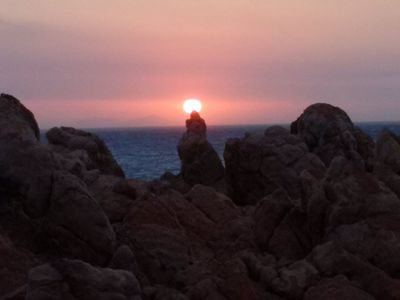
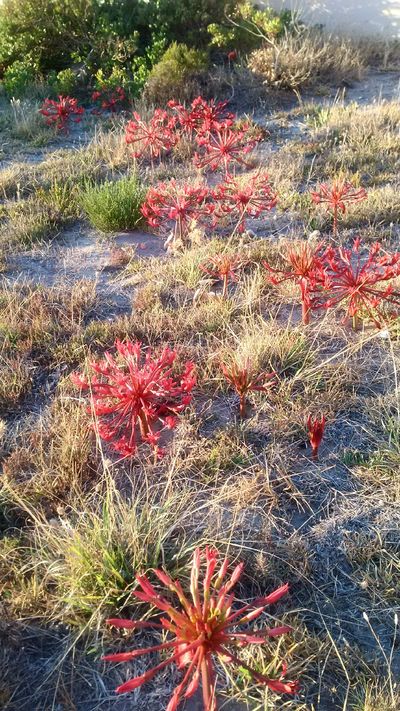
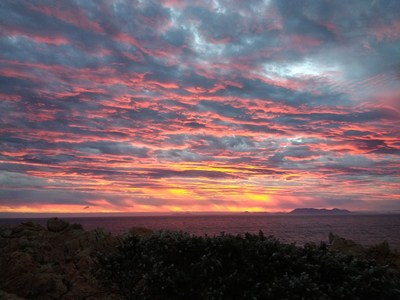
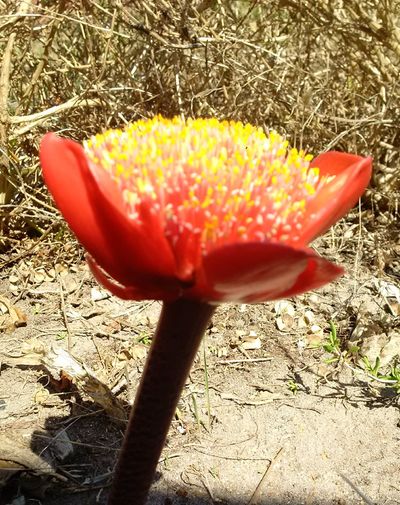
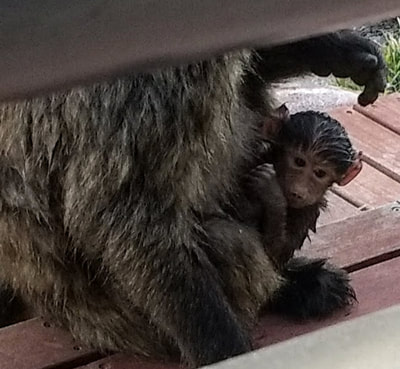
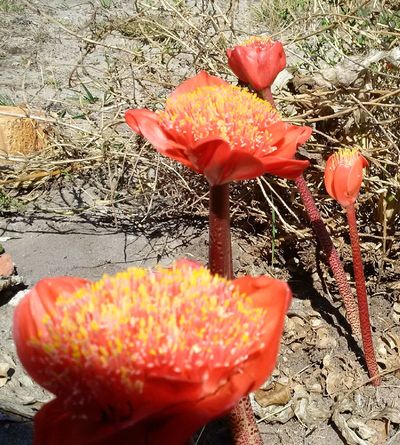
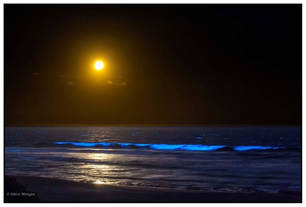
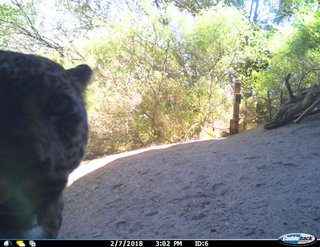
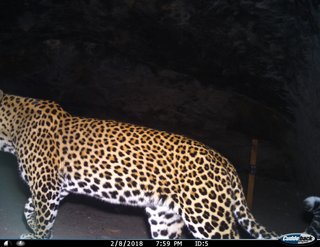
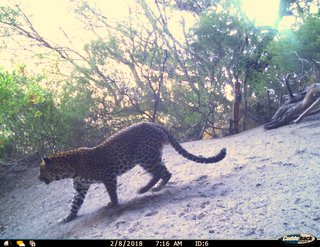
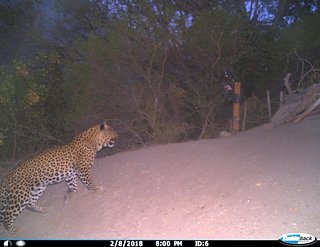
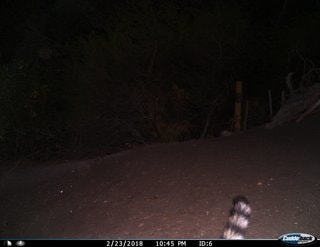
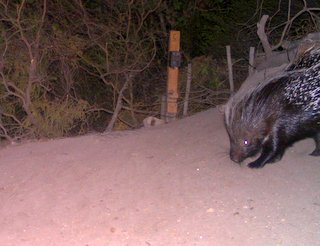
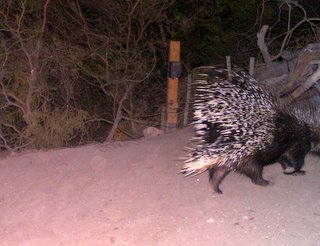
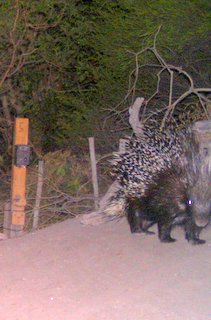
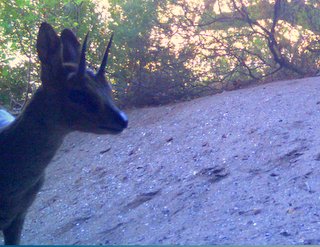
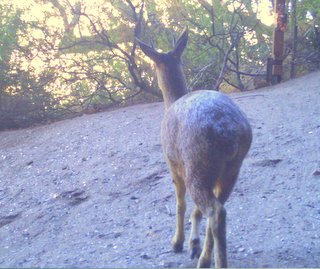
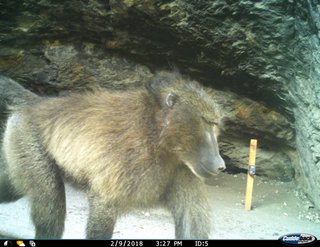
 RSS Feed
RSS Feed
